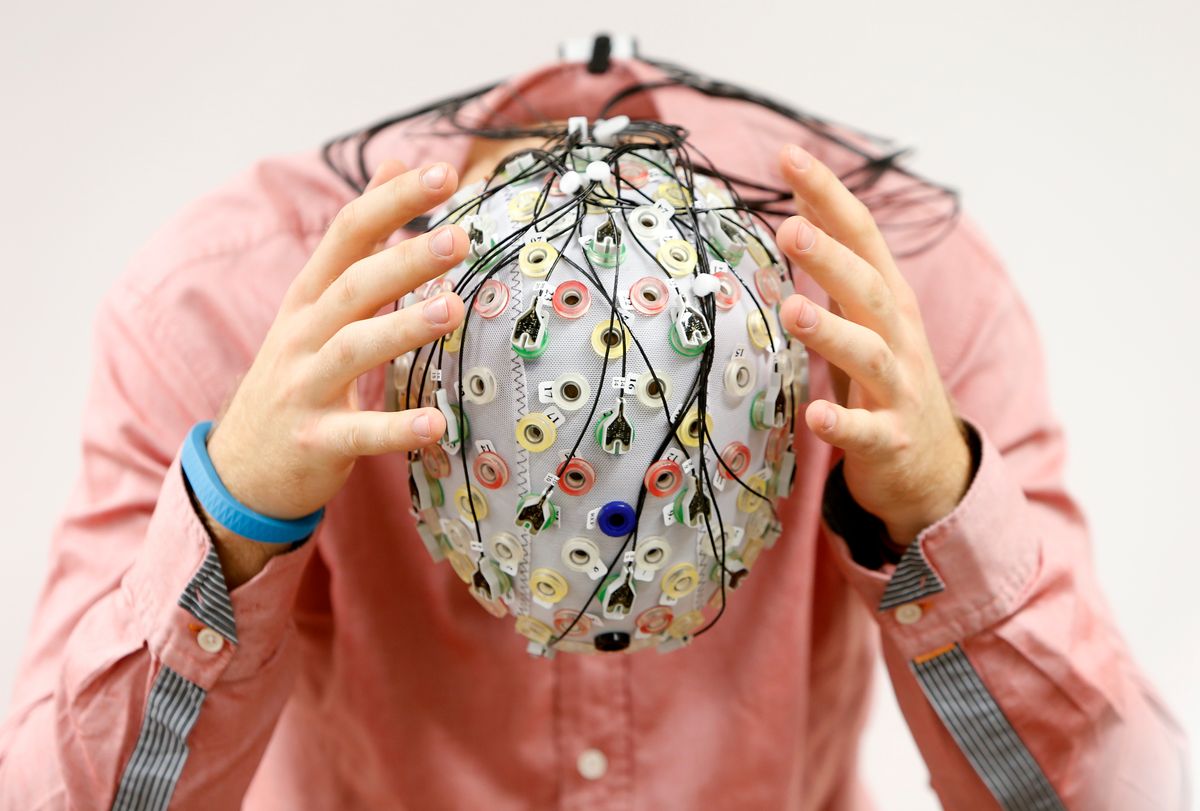What’s the deal with new brain implant tech?
This technology can help people live with neurological disorders.

A few minutes every morning is all you need.
Stay up to date on the world's Headlines and Human Stories. It's fun, it's factual, it's fluff-free.
The WHO estimates that about 9 million people die yearly from neurological disorders and that a third of people will develop a neurological disorder during their lifetimes. But, brain-computer interface (BCI) technology has been taking off in the past couple of years with some major breakthroughs. This tech can help people live with neurological disorders.
Typically, BCIs connect to the brain in two ways: through implants or wearable devices. BCIs could possibly treat brain injuries, and they’re all the rage right now. Investors are racing to back biotech firms like Synchron, which is developing a device to help paralyzed people communicate using their minds to control a computer. Synchron now has US$145 million in funding (some from investors like Bill Gates and Jeff Bezos). Getting a BCI approved through the US Food and Drug Administration takes a whole lot of time and money, though. But, the company has already started testing with three subjects in a six-person trial, implanting two of them with the devices. More are expected to enroll in the trial over the next few months, and the next big step is launching an FDA pivotal study.
Key comments:
“Technology leaps in the semiconductor industry, development of novel advanced materials, chip design improvements, and progress in minimally invasive surgical approaches have opened opportunities for neurotechnology to be brought into the clinic and really help patients,” said Paul Le Floch, co-founder and CEO of biotech company Axoft. “The pursuit of elevated quality of life, compounded by the increasing financial burden of neurological disorders due to an aging population are driving the demand for less invasive, more powerful neurological tools.”
“100 million people worldwide have upper limb impairment. The problem of paralysis is much larger than people realize. 100 million people worldwide have upper limb impairment,” said Synchron founder and CEO Tom Oxley in a release.




Comments ()